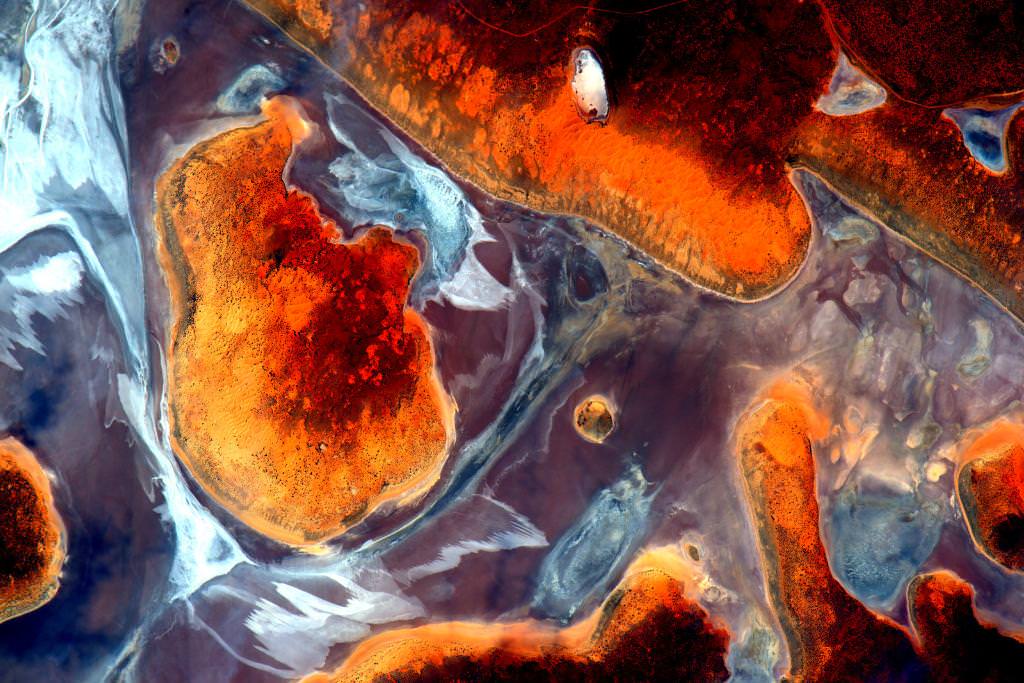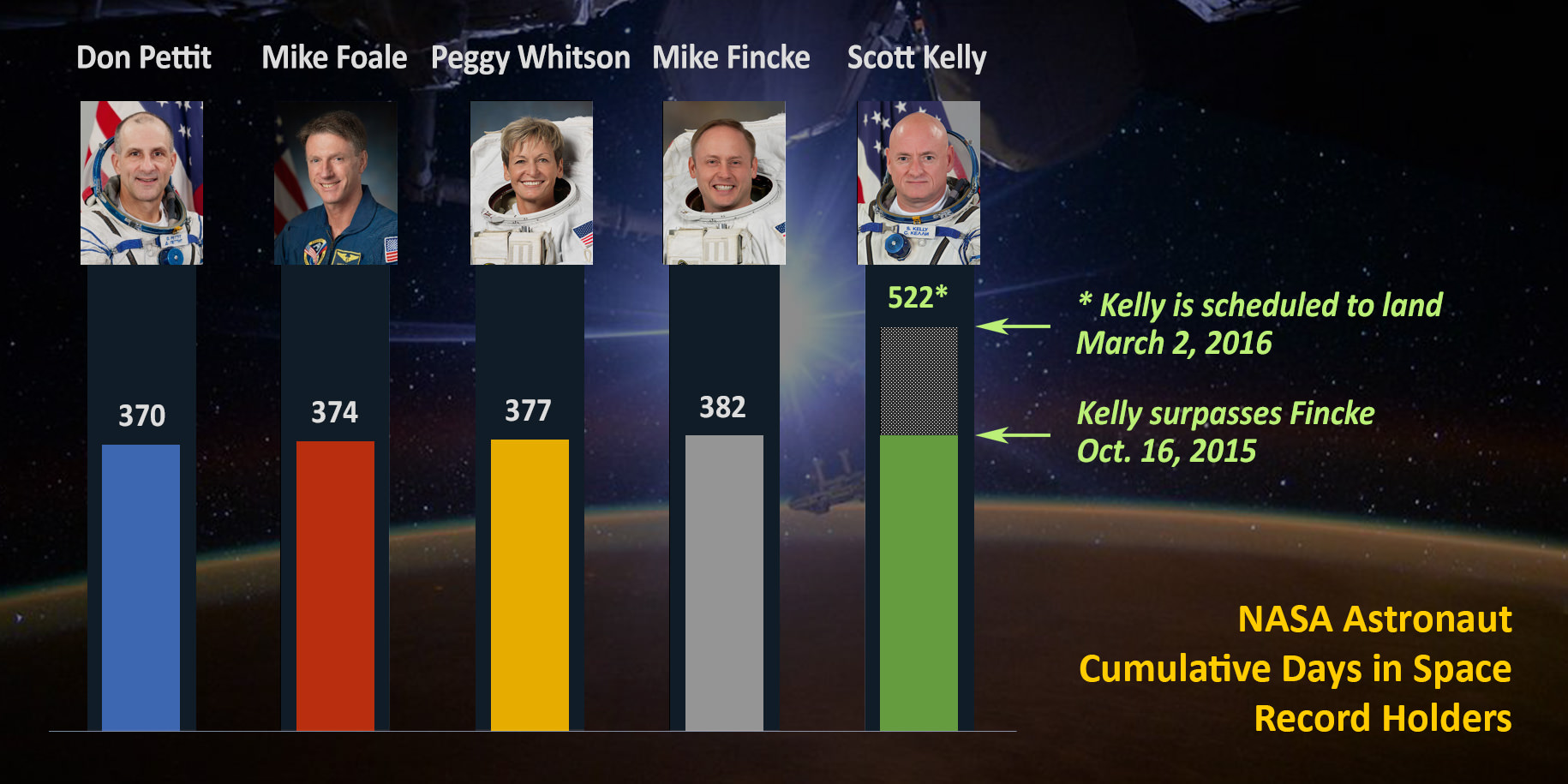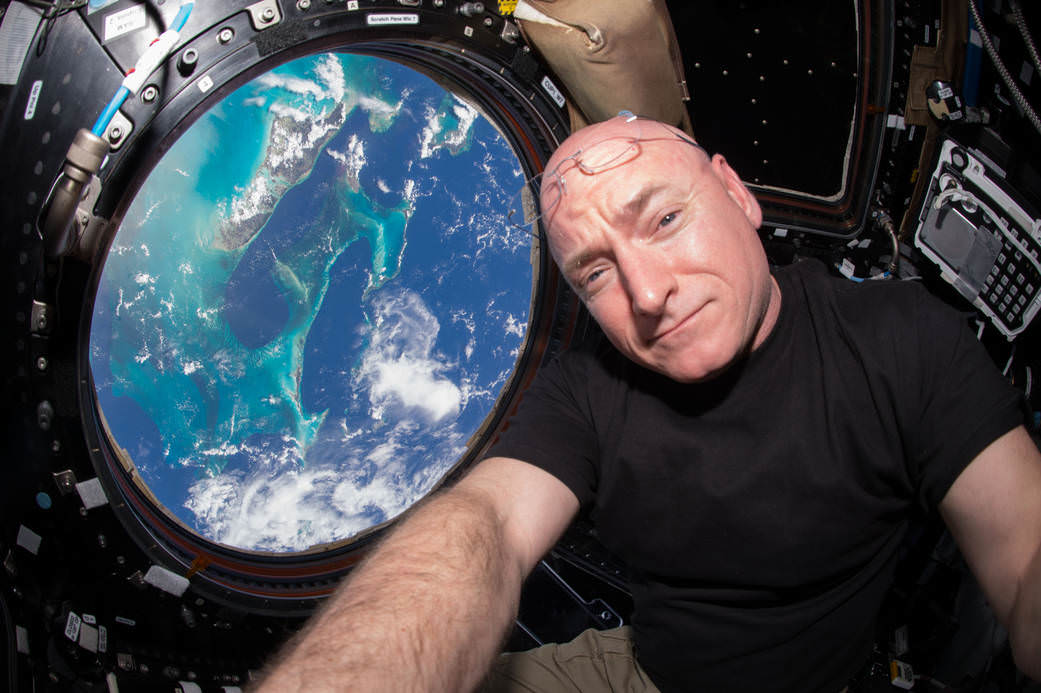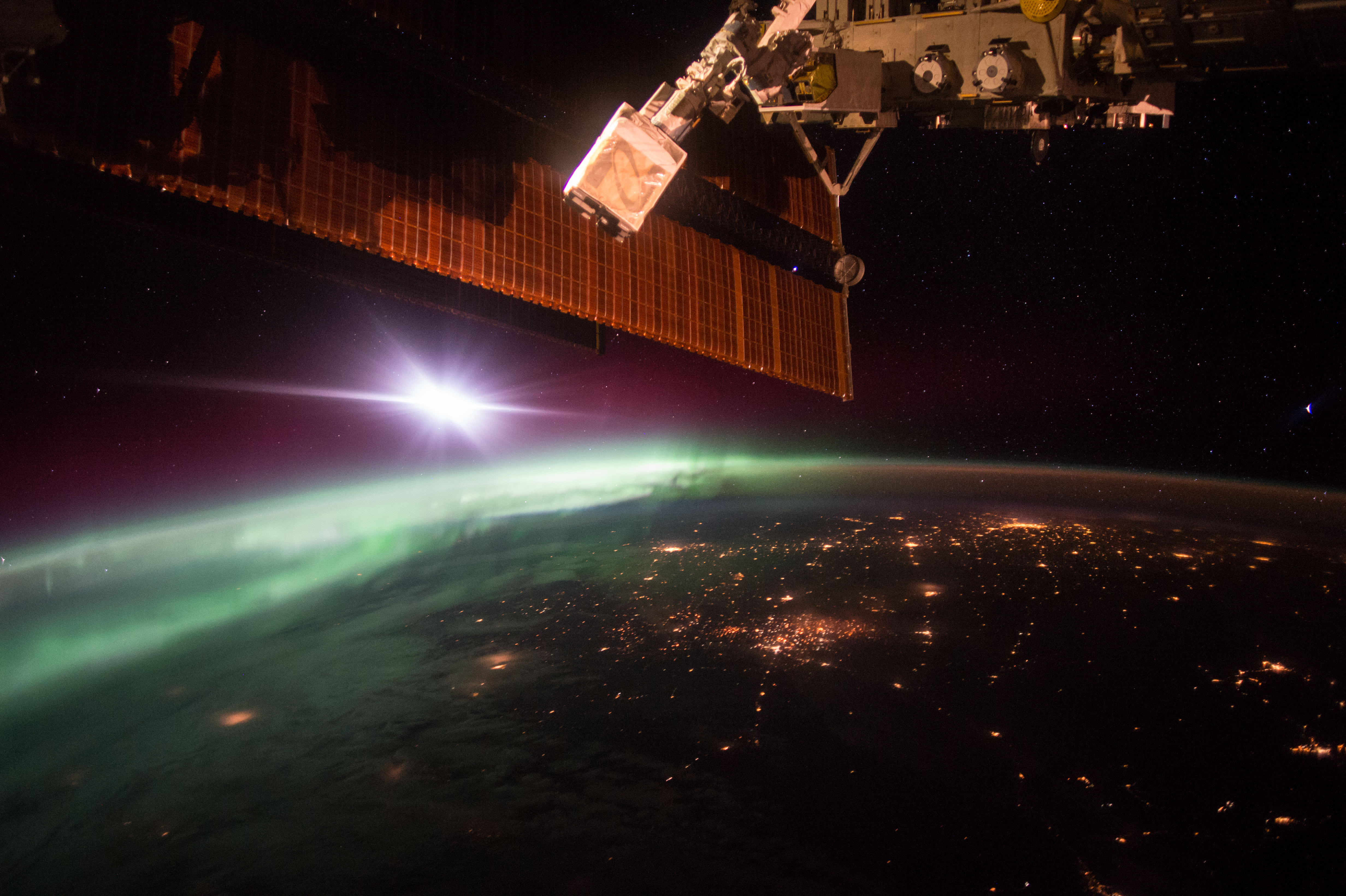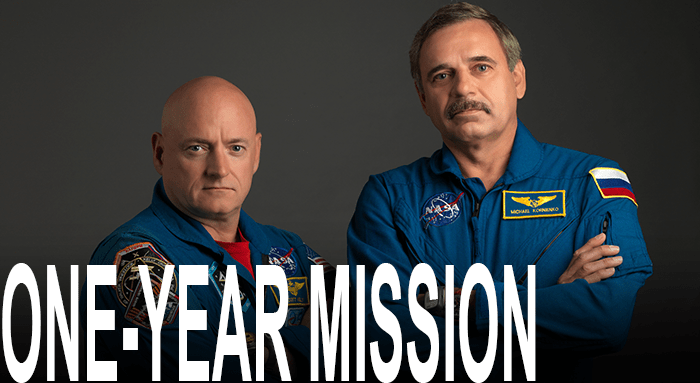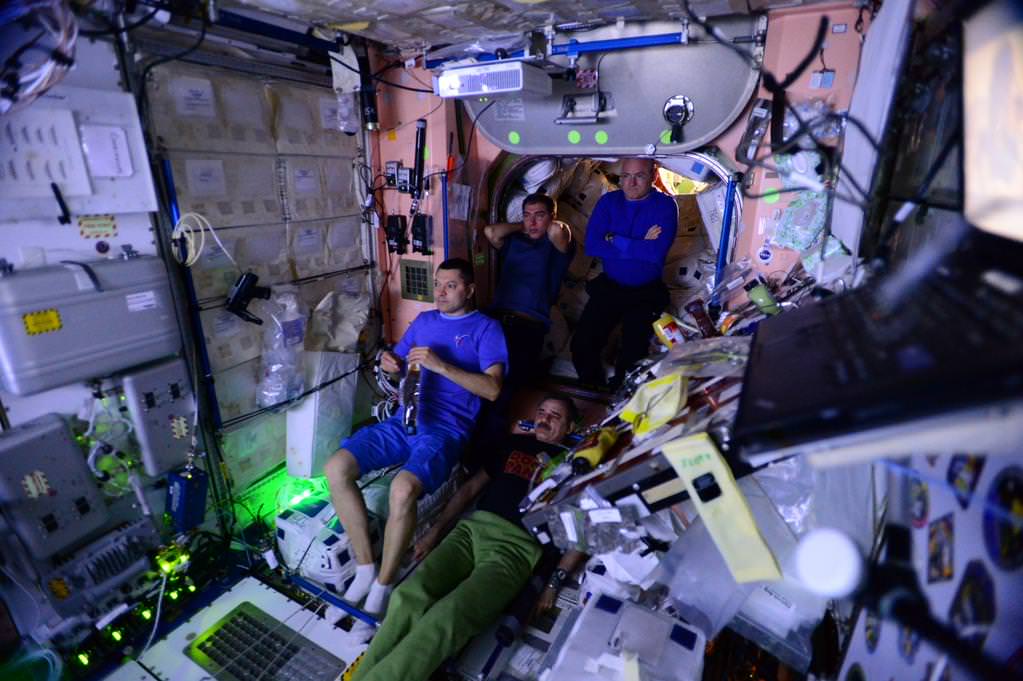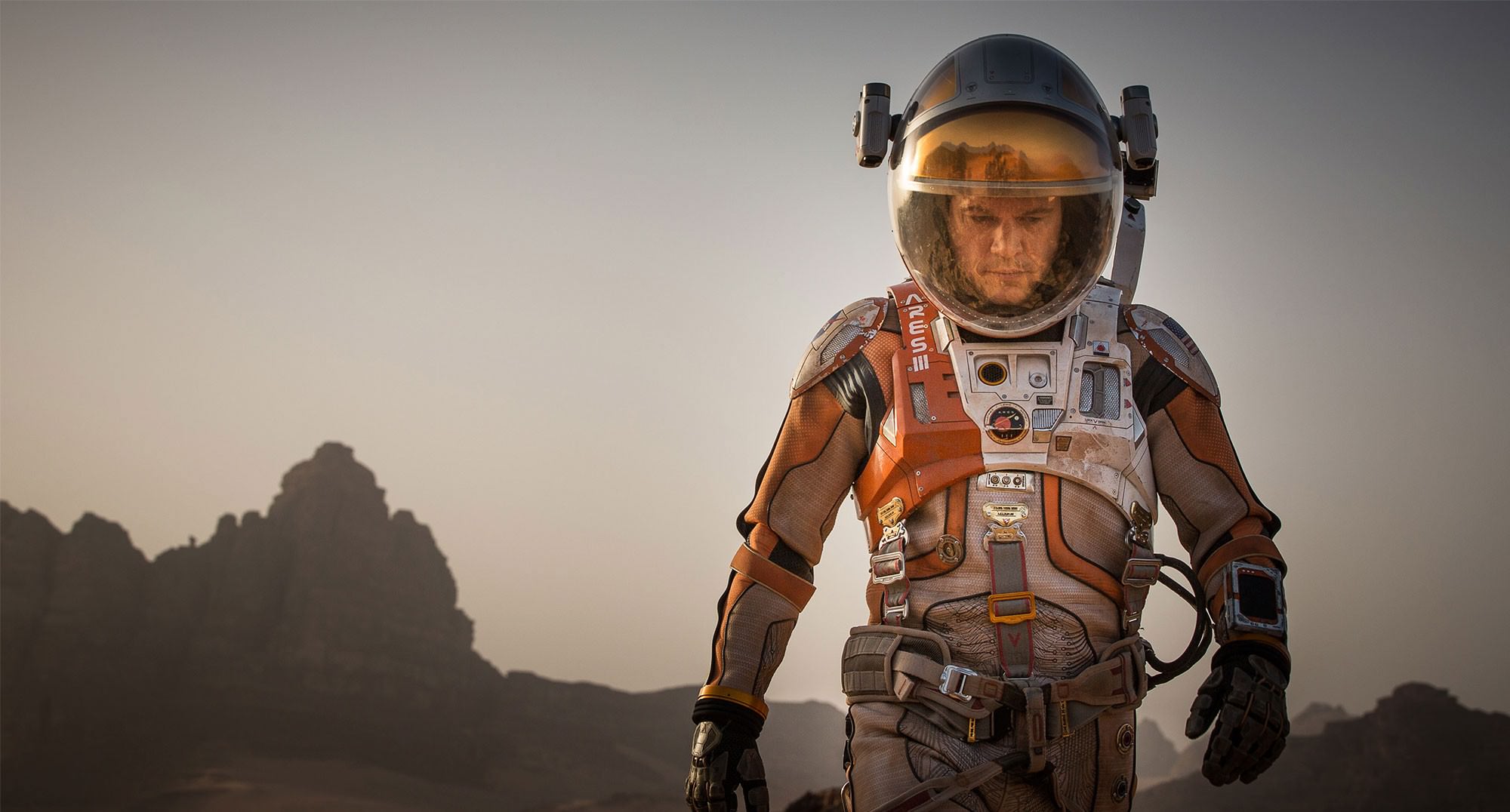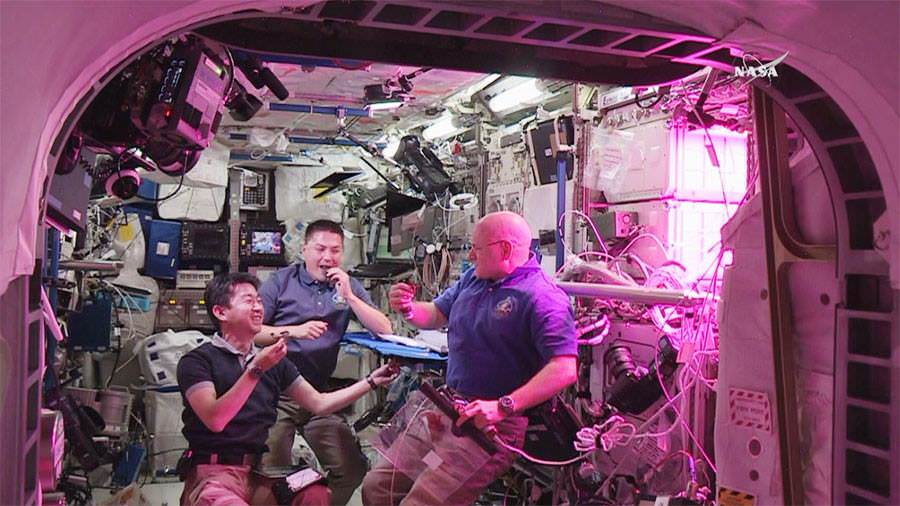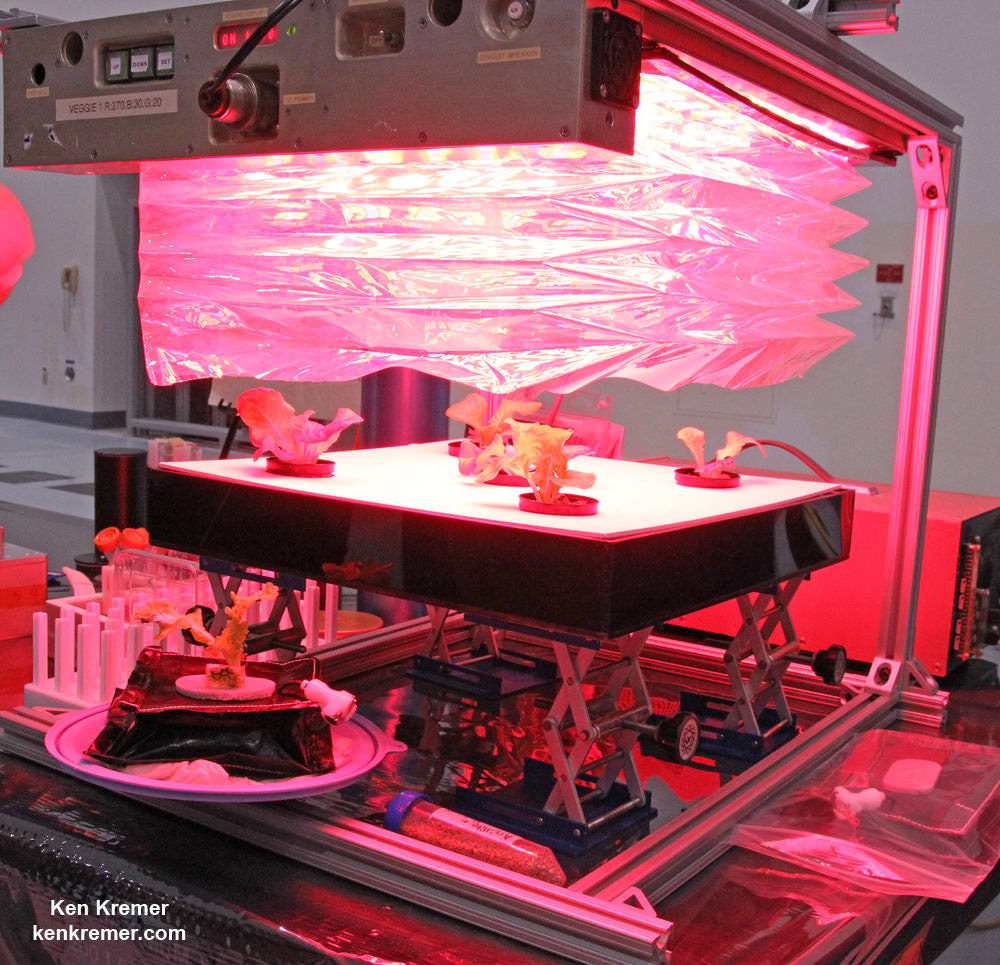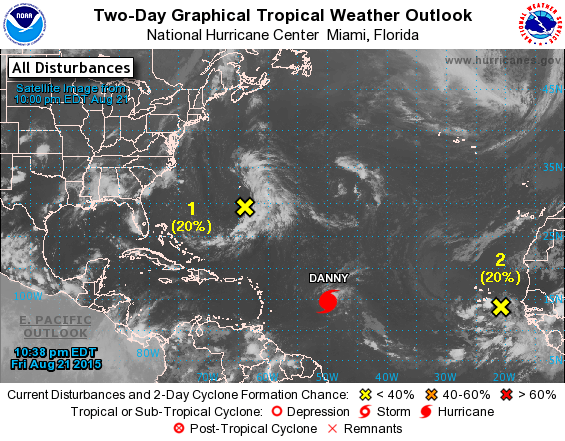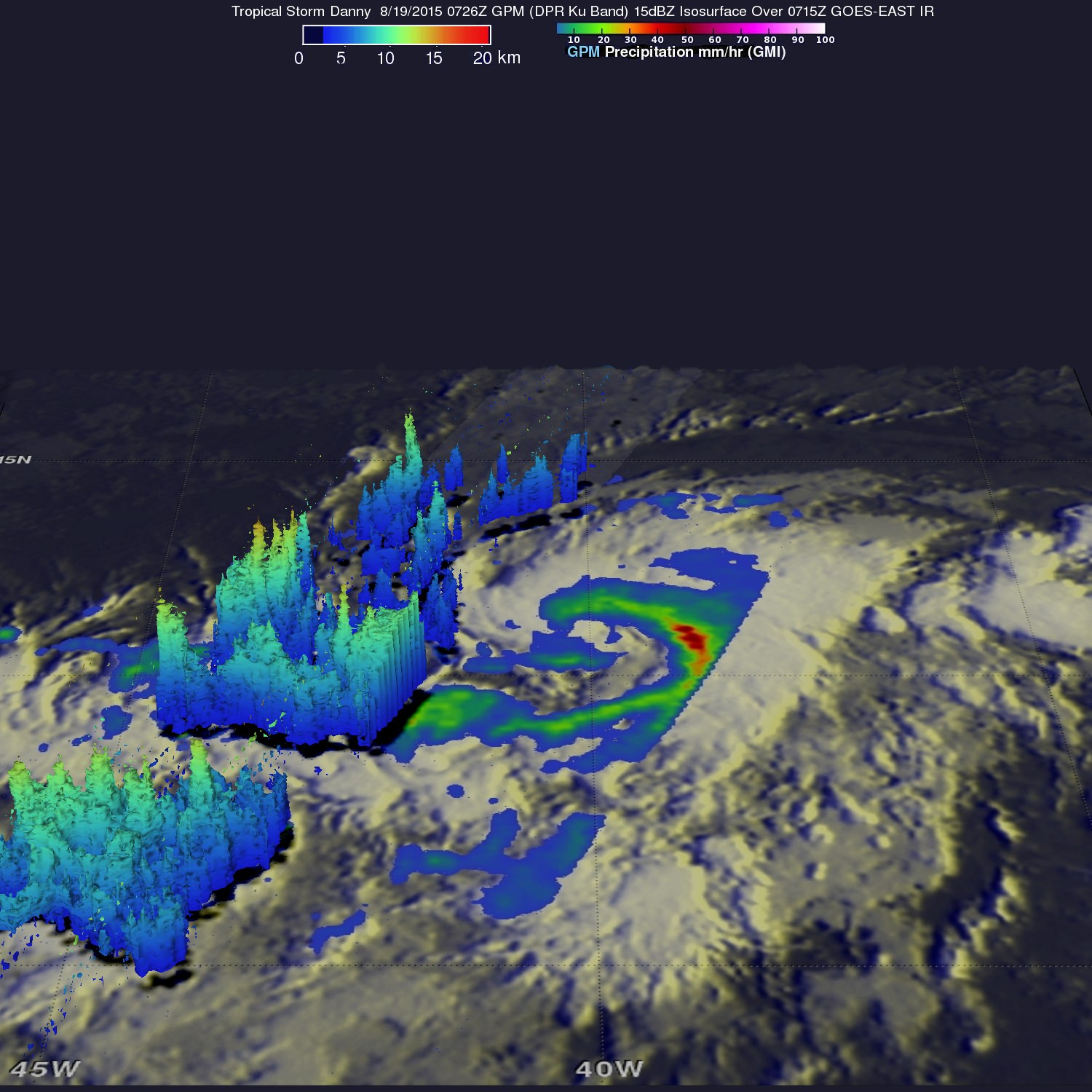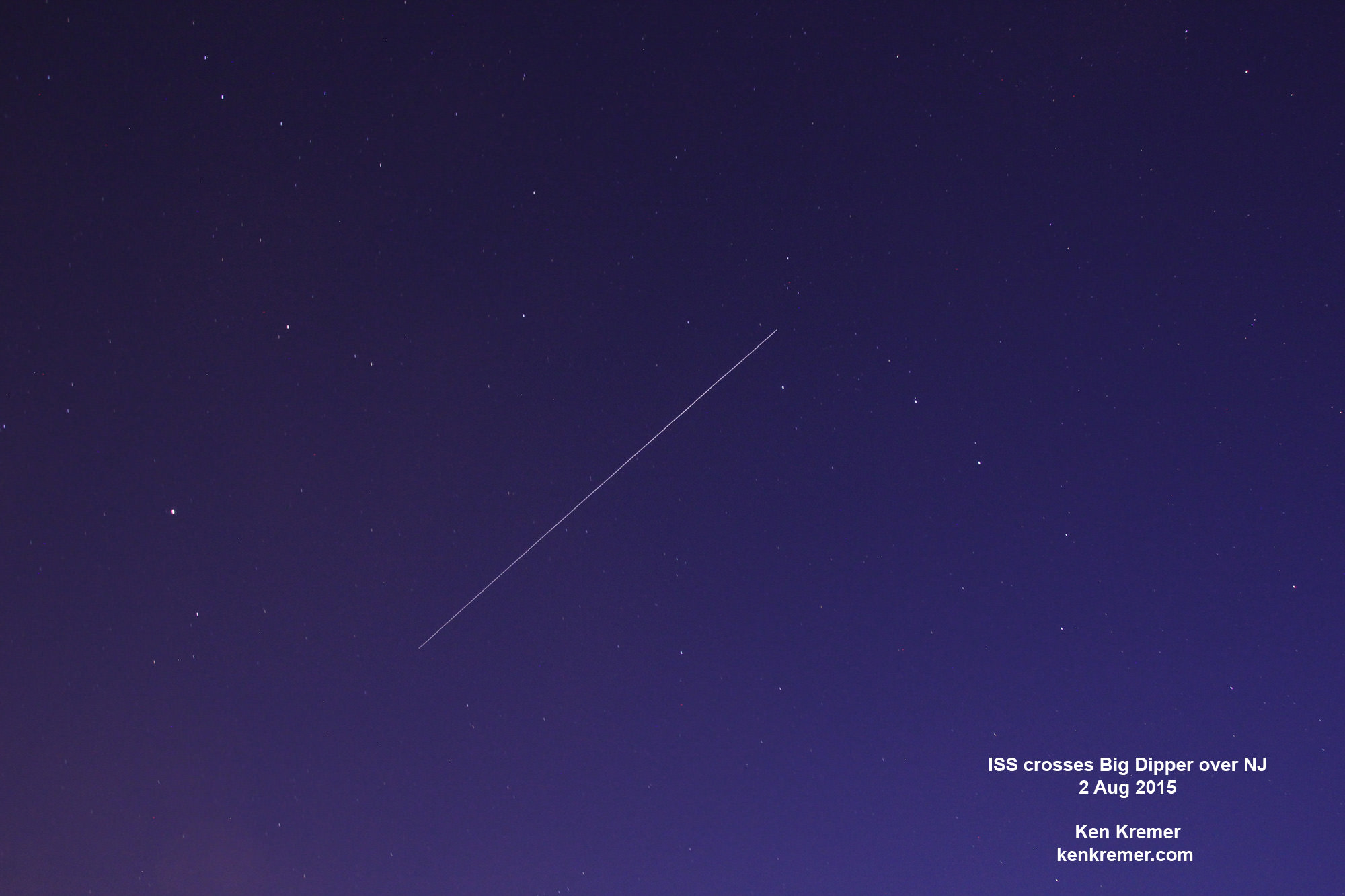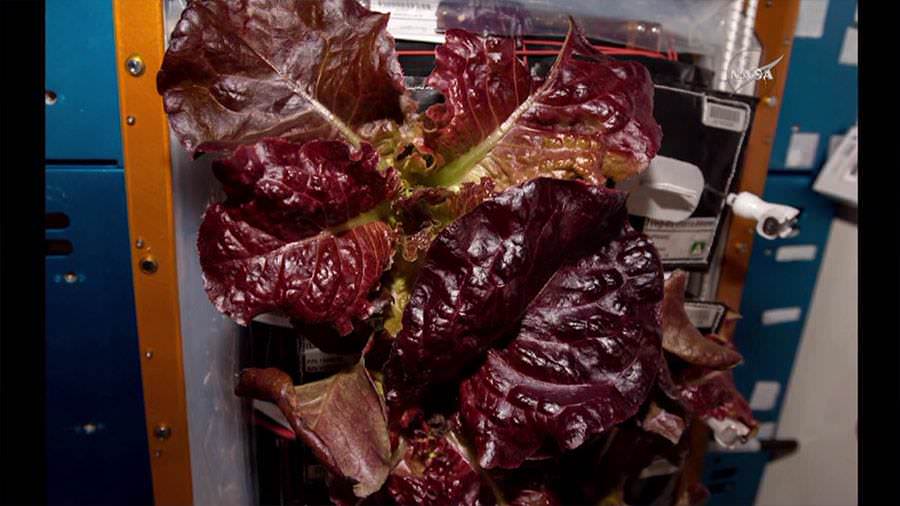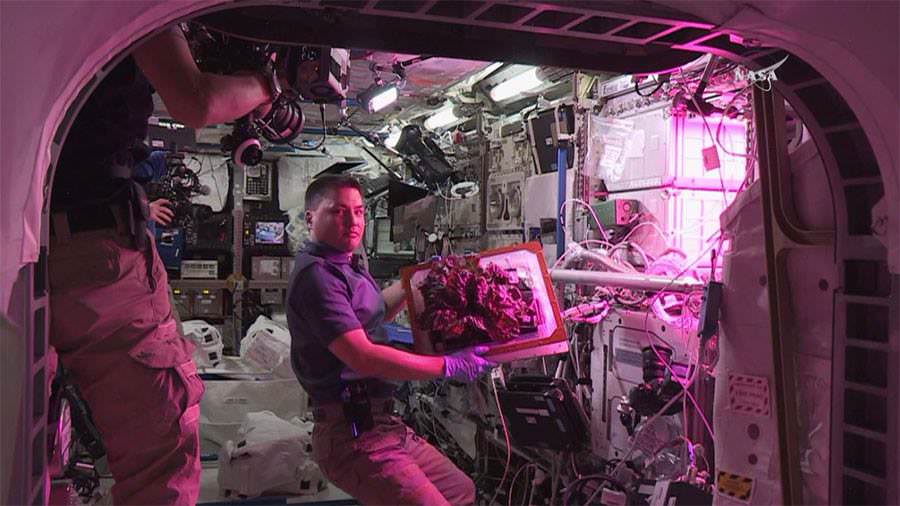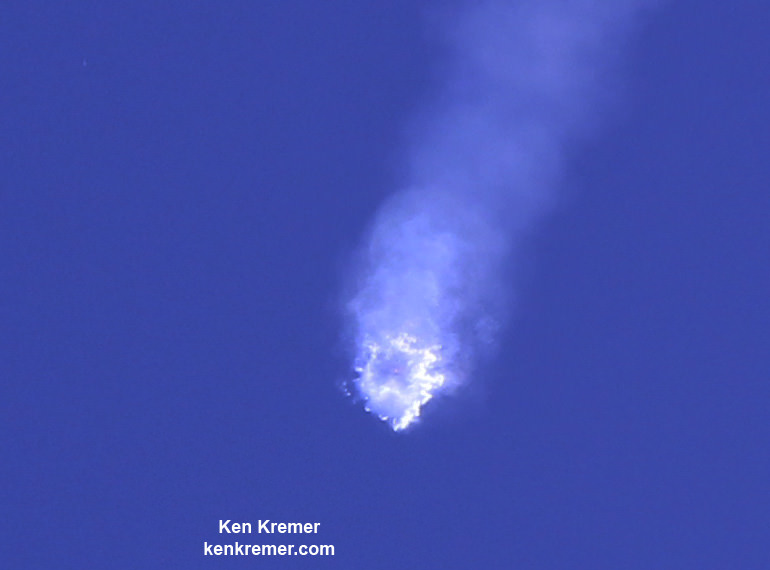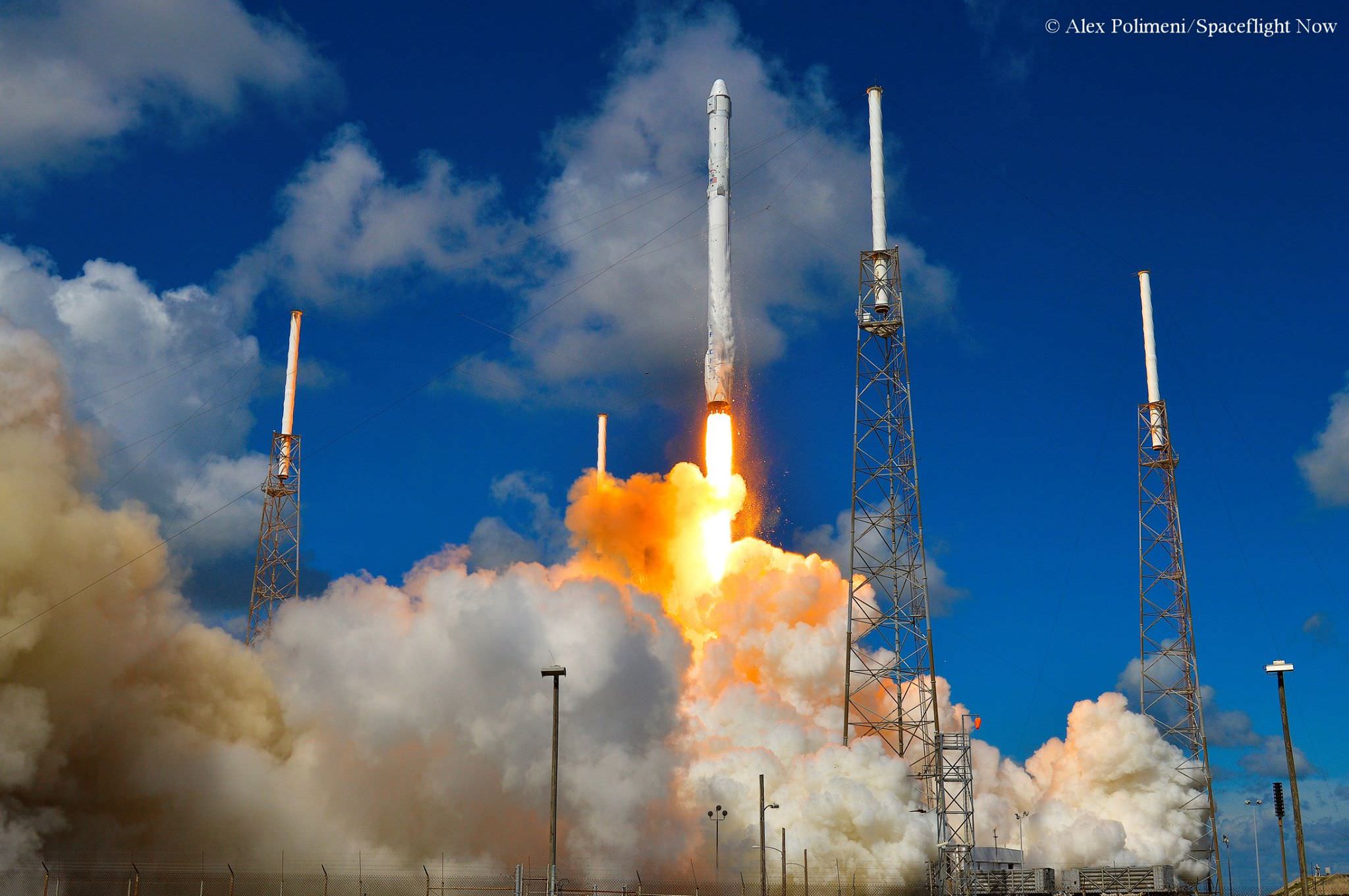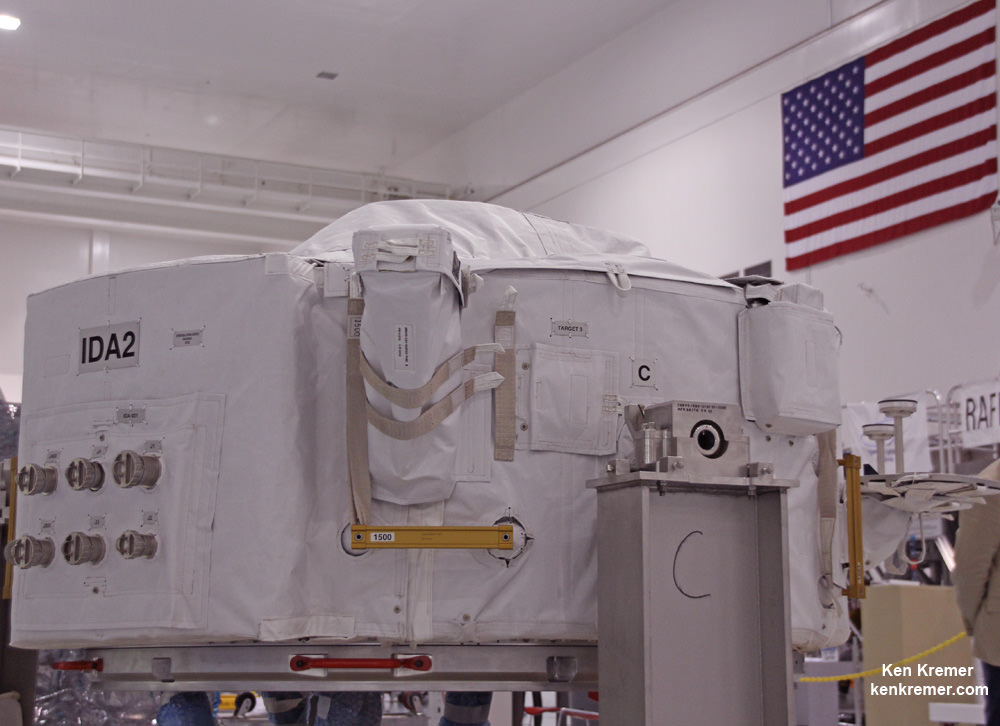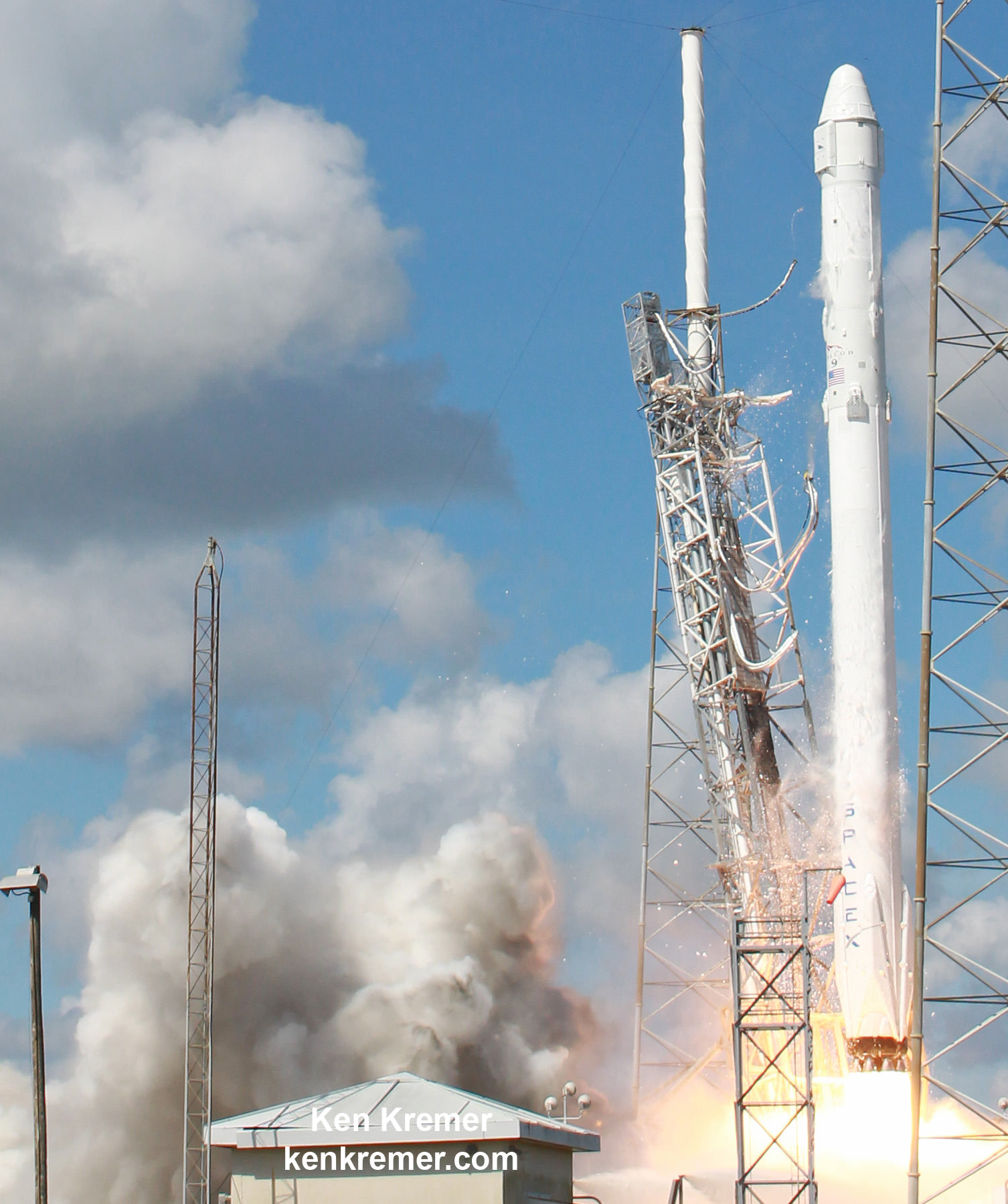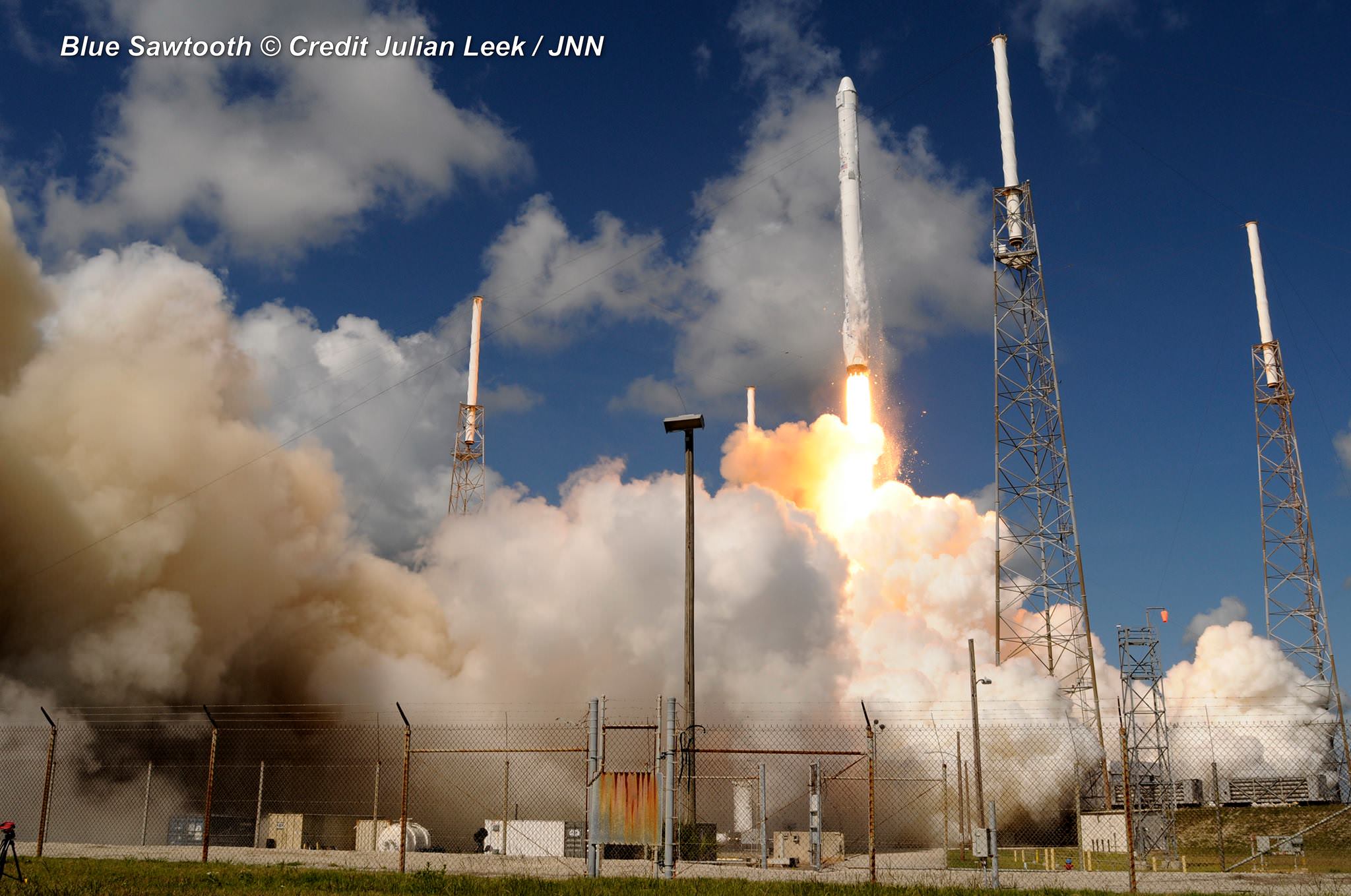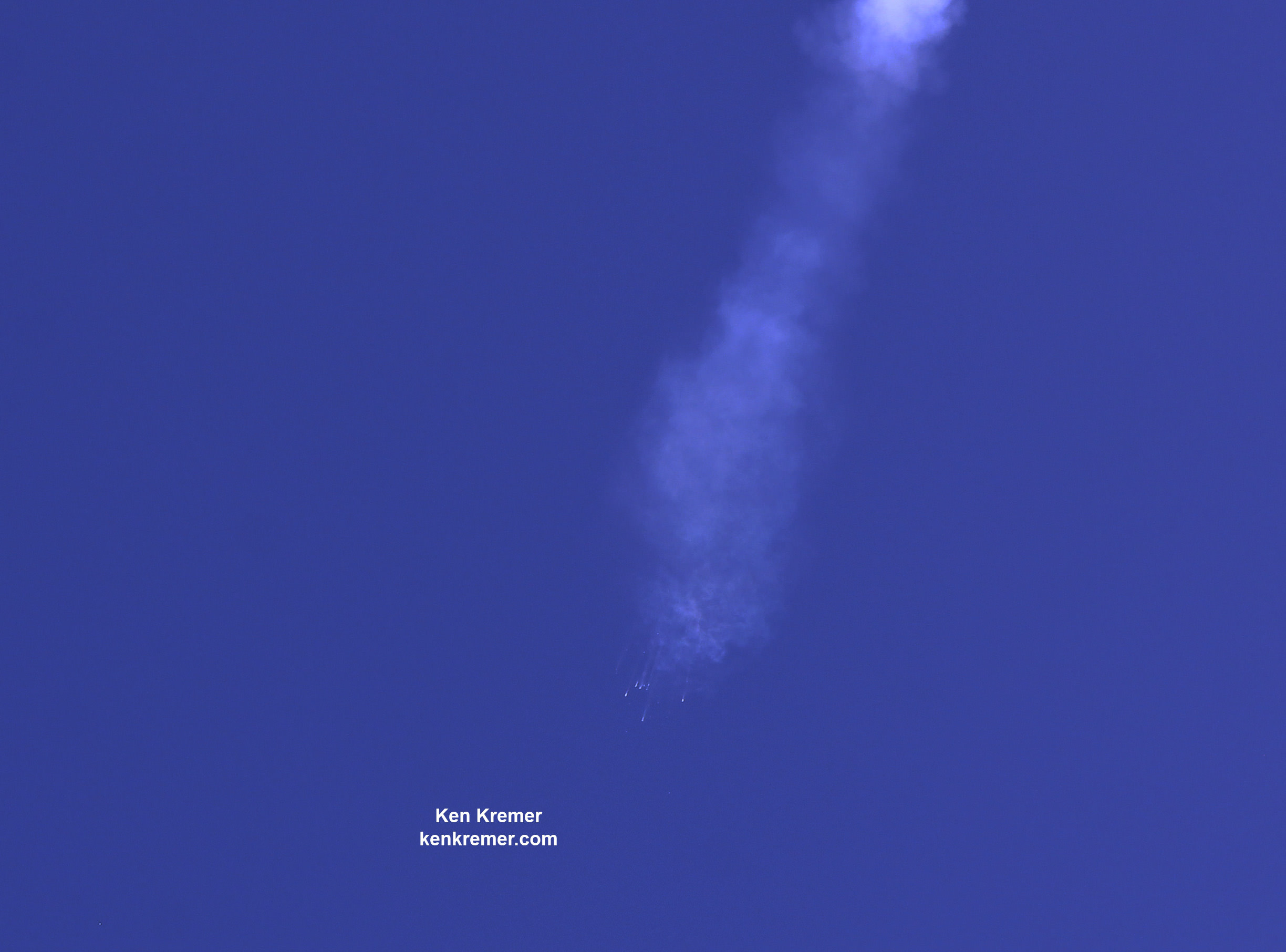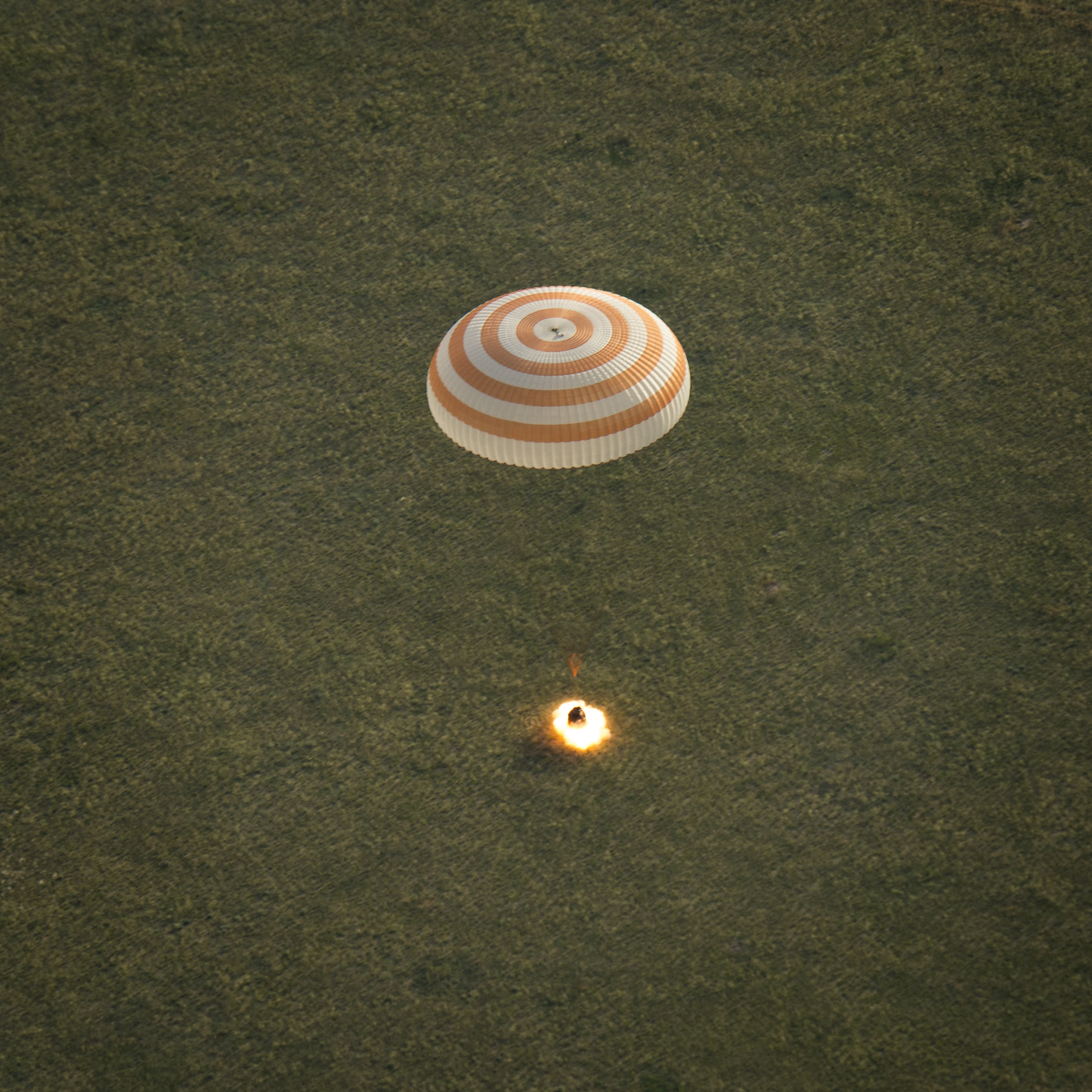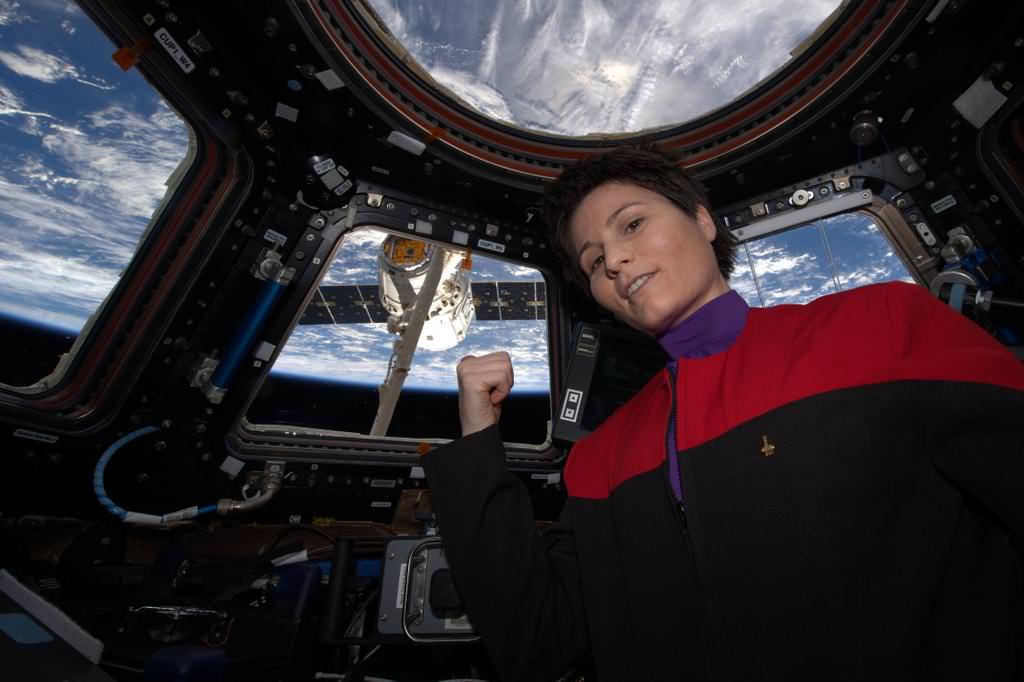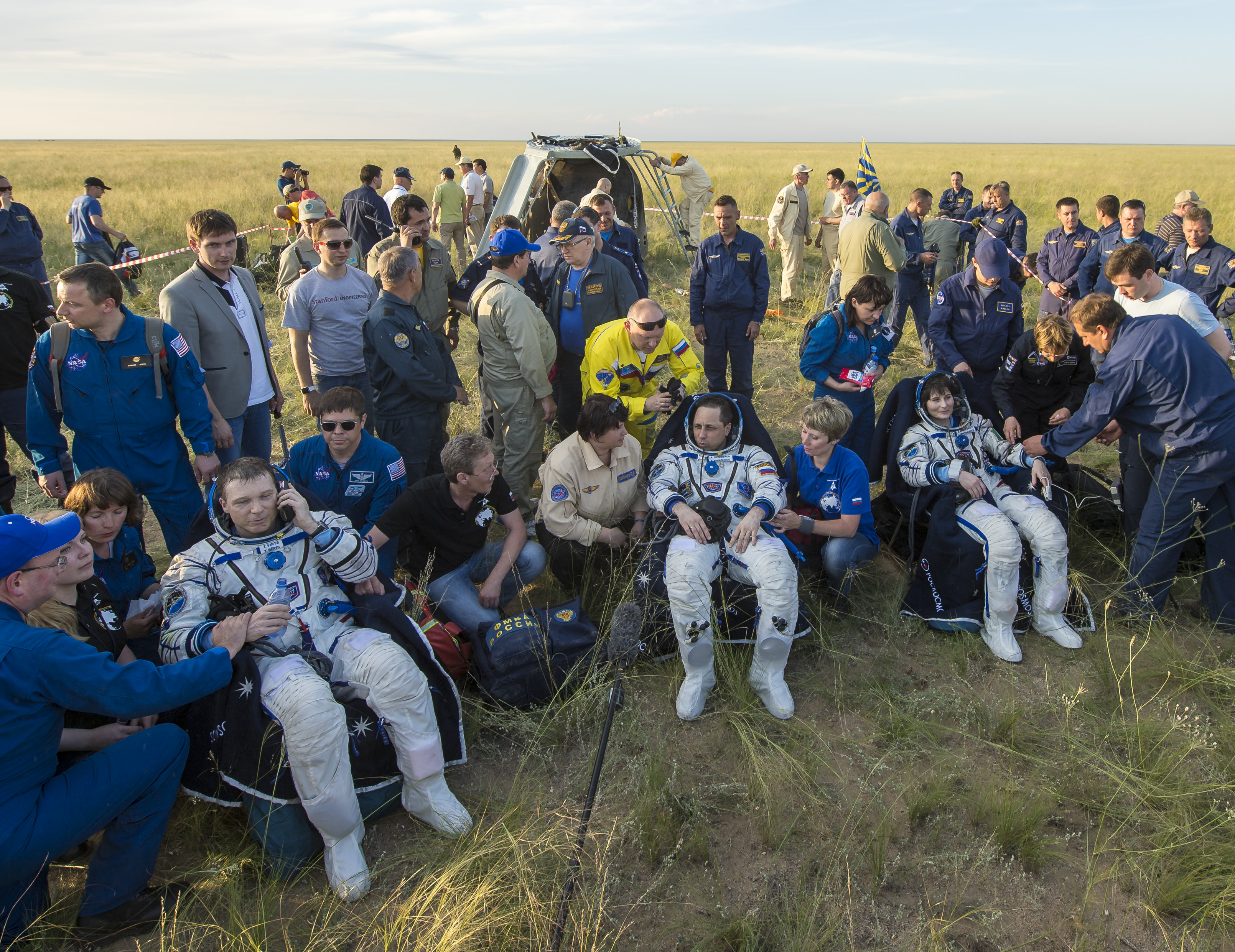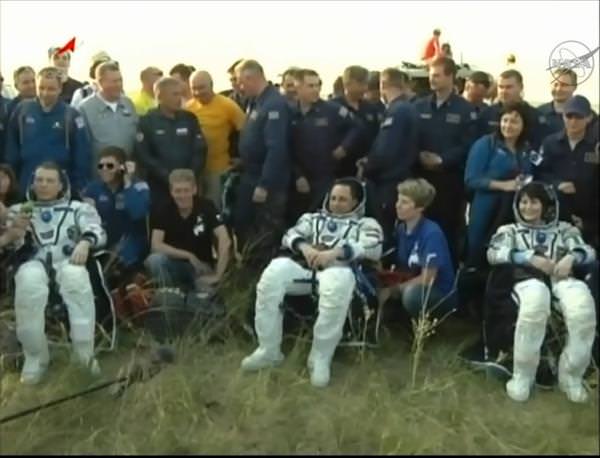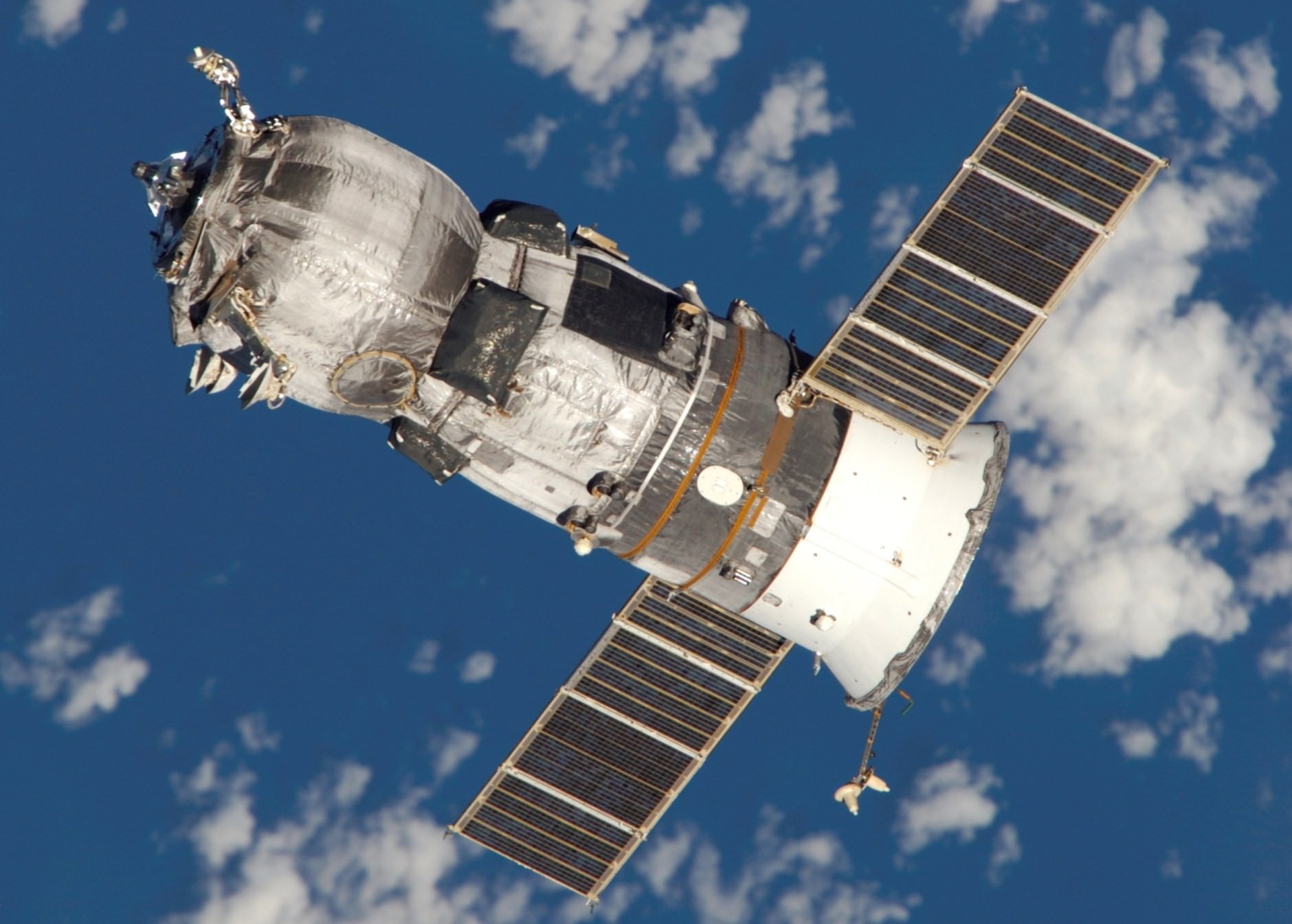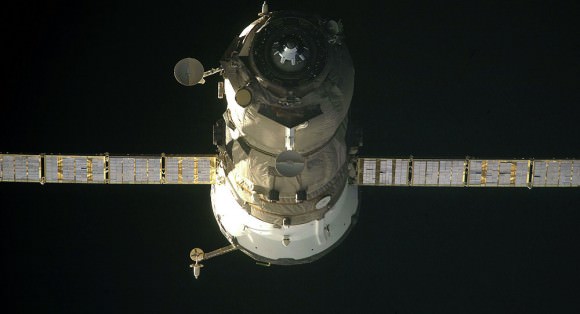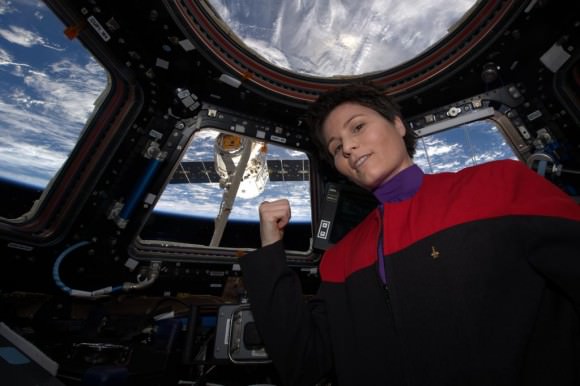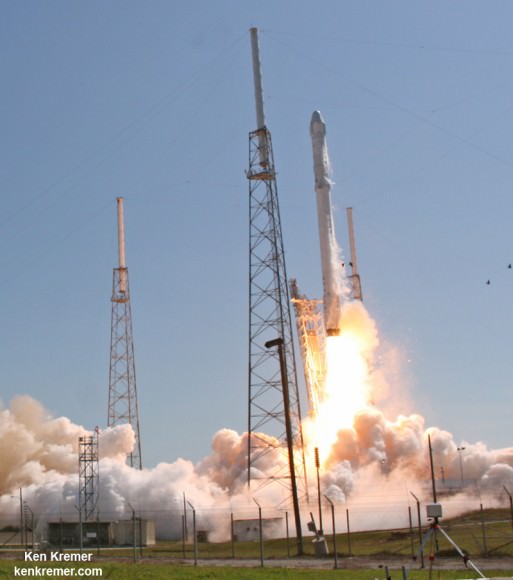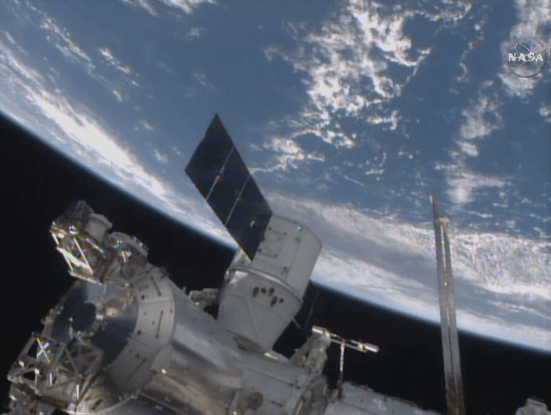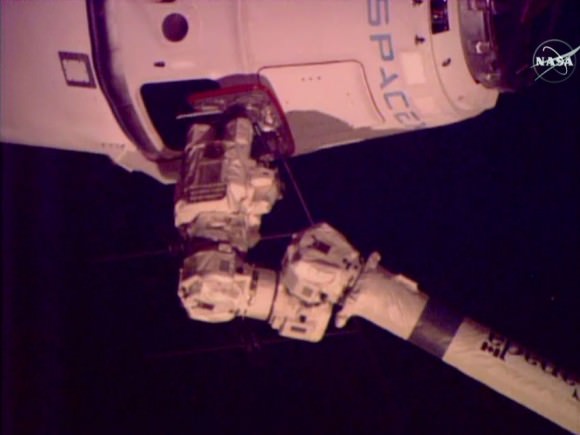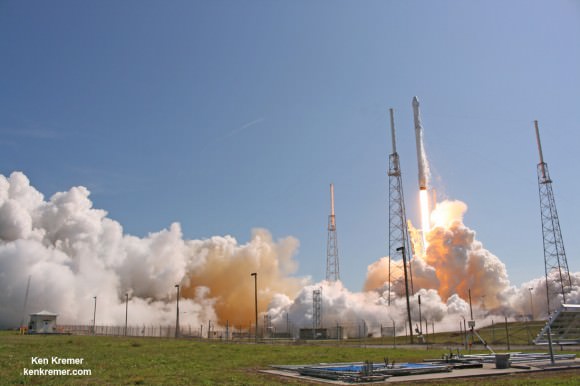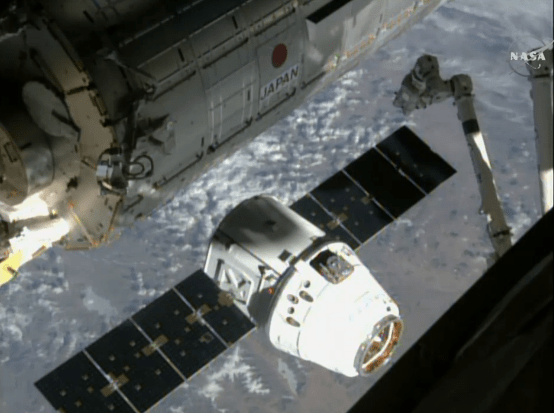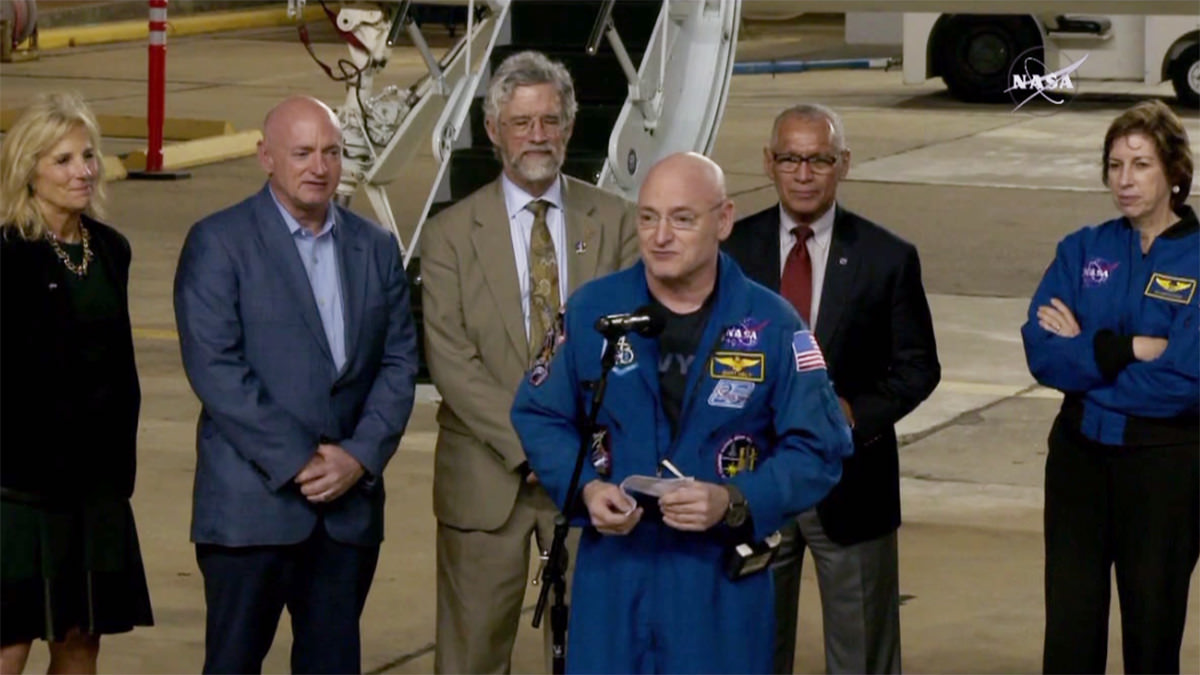
KENNEDY SPACE CENTER, FL – NASA’s first ever ‘Year in Space’ astronaut Scott Kelly was in good shape and smiling broadly for the Earth bound photographers after safely returning to Earth from his orbiting home of the past year on the International Space Station (ISS), for a smooth touchdown in the steppes of Kazakhstan late Monday evening, March 1.
He soon jetted back to the USA for a grand arrival ceremony back home in Houston in the wee hours of the morning, today, March 3, 2016.
“Great to be back on Earth, said Kelly. “There’s no place like home!”
Kelly landed on US soil at Houston’s Ellington Field early this morning at about 2:30 a.m.
Kelly was welcomed back to the USA by Second Lady of the United States Dr. Jill Biden, Assistant to the President for Science and Technology Dr. John P. Holdren, NASA Administrator and former astronaut Charles Bolden, and Kelly’s identical twin brother and former NASA astronaut Mark Kelly.
Before departing the station after a 340 day stay, Kelly said that among the things he missed most on Earth were fresh air and food and freedom of movement. And swimming in his pool.
Well he quickly made good on those wishes and after arriving back home before daylight soon took a dip in his backyard pool.
Kelly posted a video of his pleasant pool plummet in all its glory on twitter:
Tweets by StationCDRKelly
“Man, that feels good!” he exclaimed.
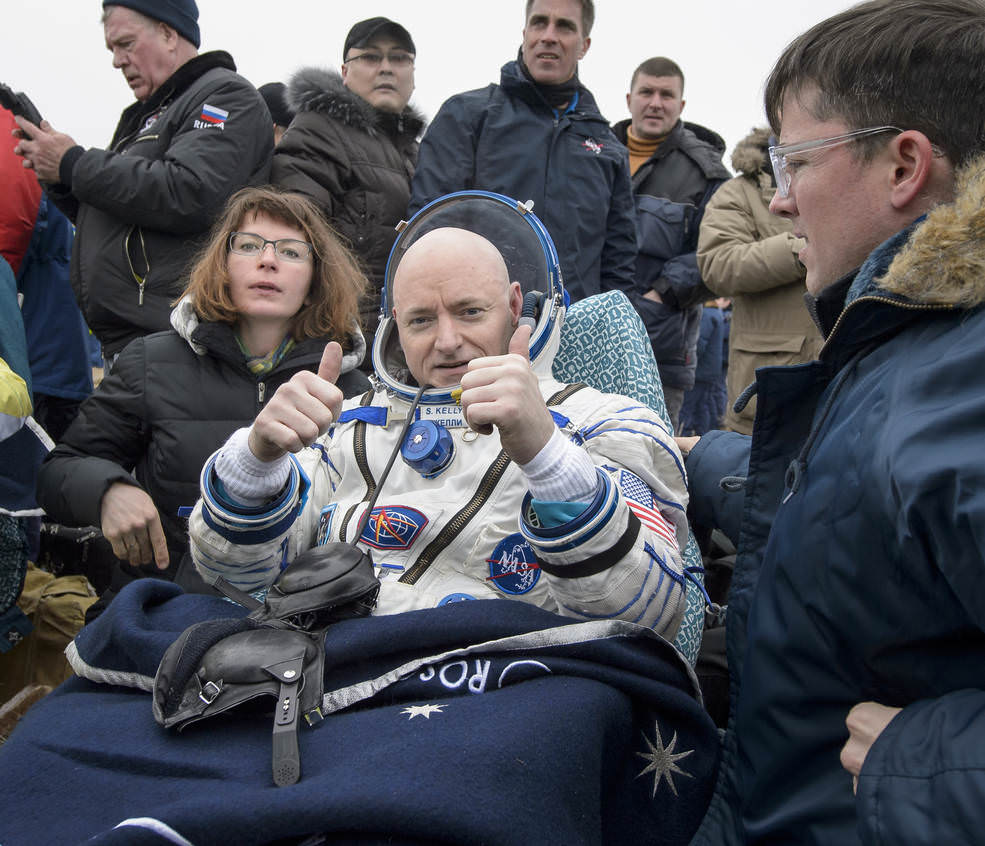
The long trip back home began after Kelly boarded his Russian Soyuz TMA-18M return capsule along with Russian cosmonaut crewmates Mikhail Kornienko and Sergey Volkov.
Kelly and his Russian cohort Mikhail Kornienko comprised the first ever crew to live and work aboard the ISS for a record breaking year-long mission aimed at taking concrete steps towards eventually dispatching human crews for multiyear-long expeditions to the surface of Mars and back.
Volkov spent a normal six month increment aboard the station.
Expedition 46 Commander Scott Kelly of NASA is seen after returning to Ellington Field, Thursday, March 3, 2016 in Houston, Texas after his return to Earth the previous day. Credit: NASA/Joel KowskyThe goal of the 1 year ISS mission was to collect a variety of data on the effects of long duration weightlessness on the human body that will be used to formulate a human mission to Mars.
Kelly and Kornienko originally launched to the station on March 27, 2015 along with Russian crewmate Gennady Padalka.
The trio undocked from the station inside their cramped Soyuz capsule, pulled away, fired breaking thrusters and plummeted back to Earth a few hours later, surviving scorching reentry temperatures as the passed through the Earth atmosphere.
They safely landed in Kazakhstan at 11:26 p.m. EST on Tuesday night, March 1, 2016 (10:26 a.m. March 2 Kazakhstan time), concluding Expedition 46.

Kelly set an American record for longest time in space on a single mission by living and working for 340 days straight aboard the ISS.
Kelly and Kornienko share the history making distinction of comprising the first ever ‘1 Year Crew’ to serve aboard the massive Earth orbiting science research outpost in space.
With a cumulative total of 520 days in space, Kelly has amassed the most time for an American in space. Kornienko has accumulated 516 days across two flights, and Volkov has 548 days on three flights.
During the yearlong mission 10 astronauts and cosmonauts representing six different nations including the United States, Russia, Japan, Denmark, Kazakhstan and England lived aboard the space station.
The station currently remains occupied by a three person crew hailing from the US, Russia and England. A new three person crew launches later in March.
NASA’s next commercial resupply launch to the station is slated for March 22 by a United Launch Alliance Atlas V rocket carrying an Orbital ATK Cygnus cargo freighter with over 7000 pounds of fresh science experiments and crew supplies.

Stay tuned here for Ken’s continuing Earth and planetary science and human spaceflight news.
………….
Learn more about SpaceX Falcon 9 rocket, ULA Atlas rocket, Orbital ATK Cygnus, ISS, Boeing, Space Taxis, Mars rovers, Orion, SLS, Antares, NASA missions and more at Ken’s upcoming outreach events:
Mar 4: “SpaceX, ULA, SLS, Orion, Commercial crew, Curiosity explores Mars, Pluto and more,” Kennedy Space Center Quality Inn, Titusville, FL, evenings



